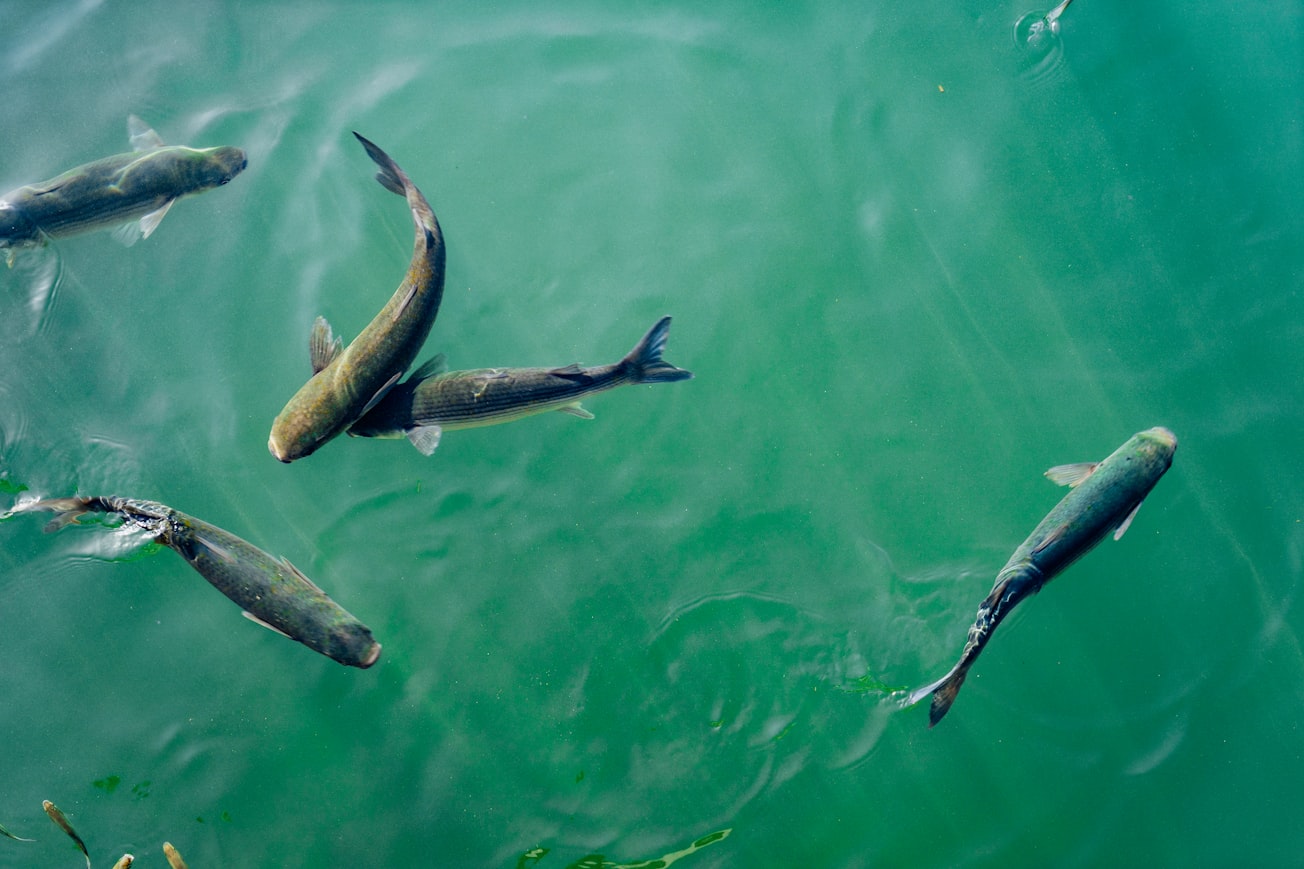What is it about?
This assesses features of otoliths from laboratory‐reared embryos, larvae and juvenile European chub Squalius cephalus from hatching to 180 days post‐hatching (dph). We observed the development of the three pairs of otoliths (lapilli, sagittae and asterisci) and more precisely shape changes, as well as timing and deposition rate of increments of the lapilli. The lapilli and the sagittae were present at hatching, whereas the asterisci formed between 20 and 30 dph. The lapillus and sagitta shapes were round until 20 dph. From 60 dph the anterior and the posterior rostra of the sagittae were well developed, but very thin, making this otolith too fragile to manipulate for further studies of shape and validation of otolith increment deposition rate. The lapilli provided reliable age estimates for free embryos, larvae and juveniles up to 120 dph. However, caution should be taken when ageing fish older than 150 dph as an underestimation was noticeable. The regression of the number of otolith increments on age showed a slope and an intercept not significantly different from 1 and 0, respectively, which indicated that otolith growth increments were deposited on a daily basis, with the first microincrement occurring at hatching. Increment counts were consistent between three interpreters, indicating a consistent and reliable age estimate. This study validates that the otolith increment deposition rate can be used to assess hatching dates and daily growth of wild S. cephalus under 150 dph and in environments similar to the conditions used in this study.
Featured Image

Photo by Dan Gold on Unsplash
Why is it important?
These results provide previously unavailable age and growth information for the chub that can further solidify an understanding of its biology. Future studies of S. cephalus in similar environmental conditions can now use this ageing methodology to assess how recruitment is associated with key environmental variables, such as stream discharge and temperatures, which may provide insights into the connection between early life history events and overall population dynamics. Moreover, as a tolerant species, S. cephalus is also widely distributed in areas subjected to various anthropogenic impacts and these findings could help determine whether wild fish were present at the time of a stressful event and monitor the impact of such event.
Read the Original
This page is a summary of: Otolith shape analysis and daily increment validation during ontogeny of larval and juvenile European chub
Squalius cephalus, Journal of Fish Biology, April 2019, Wiley,
DOI: 10.1111/jfb.13976.
You can read the full text:
Contributors
The following have contributed to this page










